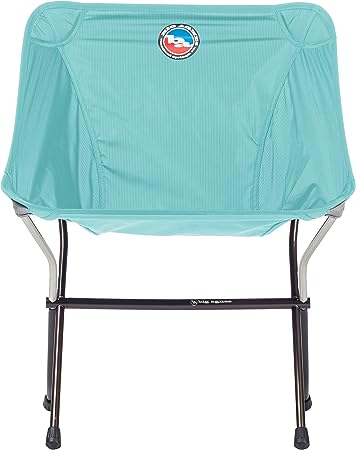First Impressions and Setup I set the Camp Chef Deluxe Outdoor Camp Oven on the picnic table and smiled at its polished steel shell. It weighed about 32 pounds but felt solid when I lifted it with the padded side handles and slipped it into its carry bag. The bag made transport easy and protected […]
Read MoreGlamping
Big Agnes Skyline UL Ultralight Backpacking Chair
As an ultralight backpacker, I want gear that’s light and dependable. The Big Agnes Skyline UL Chair (1 lb 11 oz trail weight) hits that balance. It packs down to about 17 inches long and slides into my pack without much fuss. At camp, setup is quick: the shock-corded, color-coded aluminum poles click into place […]
Read MoreThe Camping Lifestyle: Uncovering the Appeal of Outdoor Adventures
Camping is a timeless outdoor activity that has captivated the hearts and minds of adventurers, nature lovers, and casual travelers alike. This fascinating exploration delves into the diverse aspects of camping, from its status as a sport and a hobby to its varying costs and the types of people who embrace it. Join us as we embark on a journey to uncover the intriguing world of camping and the essential principles that guide it.
Read More

